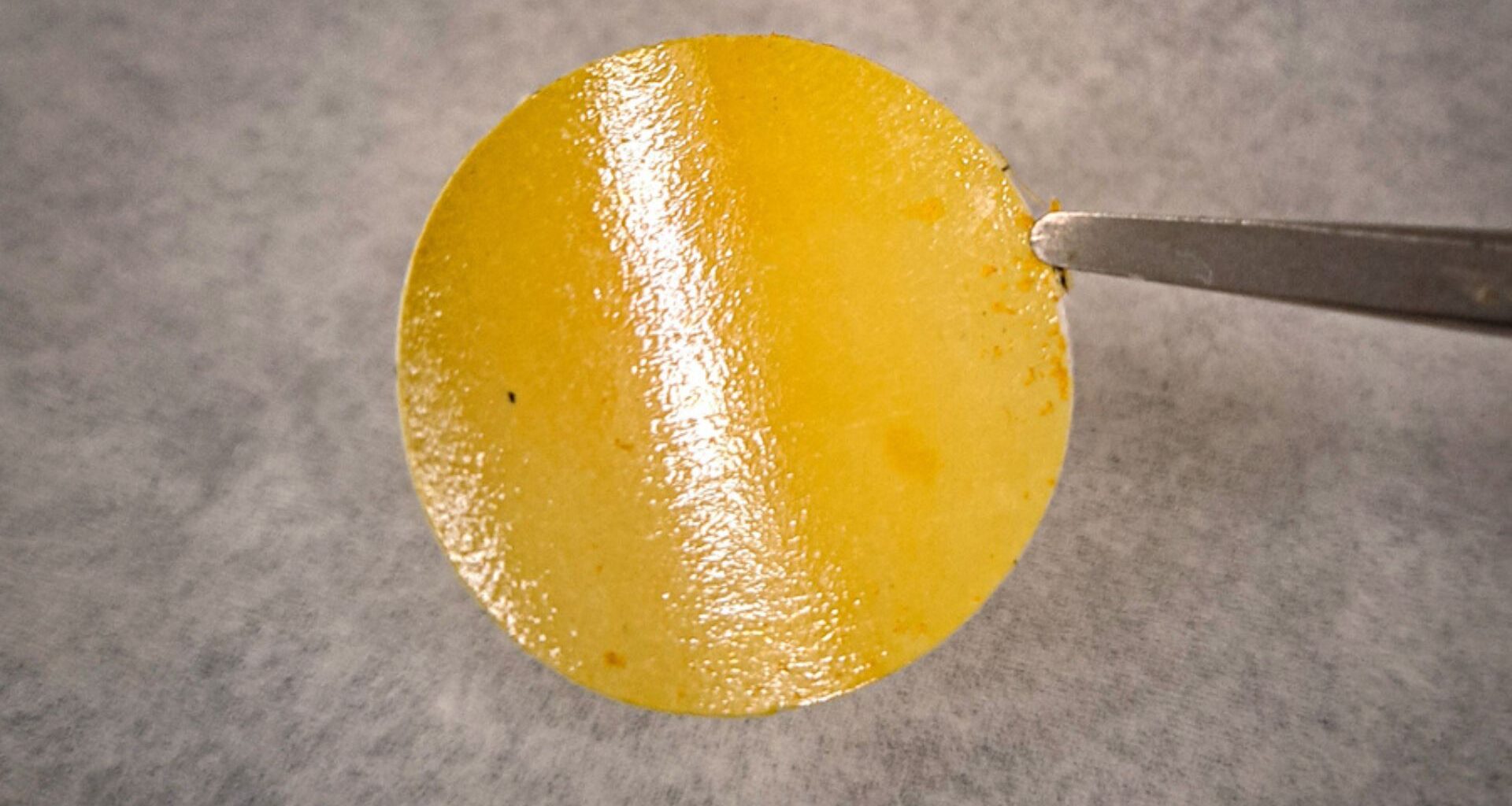The importance of crude oil cannot be overstated in modern life. It powers vehicles, heats homes, and fuels industries. Yet this process is one of the planet’s largest energy drains.
Roughly 1 percent of global energy use goes into separating crude oil into gasoline, diesel, and heating oil. That, in turn, generates about 6 percent of the world’s CO₂ emissions, mostly from the intense heat required to boil oil and separate it by boiling points.
Now, MIT engineers have developed a groundbreaking membrane that can filter crude oil components by their molecular size, potentially replacing energy-hungry heat-based methods.
The advance could reshape how the world processes oil and dramatically cut related emissions.
A new approach to oil separation
MIT’s team created a thin polymer membrane that sieves oil compounds based on shape and size, rather than boiling points. This shift could reduce the energy required for separation by up to 90 percent.
“This is a whole new way of envisioning a separation process,” said Zachary P. Smith, associate professor of chemical engineering at MIT and senior author of the study.
“Instead of boiling mixtures to purify them, why not separate components based on shape and size?”
The membrane resists swelling, a major flaw in earlier versions. It performs well with both light and heavy hydrocarbons.
Borrowing from water desalination
To build the new membrane, the team repurposed a technology from the water industry. Since the 1970s, reverse osmosis membranes have cut desalination energy use by 90 percent.
MIT scientists adapted these membranes to handle crude oil.
They replaced a flexible amide bond with a rigid imine bond, making the film more stable and hydrophobic. This allows hydrocarbons to move quickly through the membrane without causing it to swell.
“The polyimine material has porosity that forms at the interface, and because of the cross-linking chemistry that we have added in, you now have something that doesn’t swell,” Smith said.
Designed for industrial scale
The membrane uses a monomer called triptycene to help form precise, shape-persistent pores. It can be manufactured using interfacial polymerization, a technique already scaled in industry. That opens the door to mass production.
“The main advantage of interfacial polymerization is it’s already a well-established method to prepare membranes for water purification, so you can imagine just adopting these chemistries into existing scale of manufacturing lines,” lead author Lee explained.
Promising early results
The membrane excelled in lab tests. It increased the toluene concentration by 20 times in a mixture with triisopropylbenzene. It also effectively separated real industrial oil samples containing naphtha, kerosene, and diesel.
“You can imagine that with a membrane like this, you could have an initial stage that replaces a crude oil fractionation column,” said Smith.
“You could partition heavy and light molecules and then you could use different membranes in a cascade to purify complex mixtures to isolate the chemicals that you need.”
Experts believe this could be a major leap for industrial efficiency. “This work takes the workhorse technology of the membrane desalination industry… and creates a new way to apply it to organic systems,” said Andrew Livingston, a chemical engineering professor at Queen Mary University of London.
The research appears in the journal Science.
